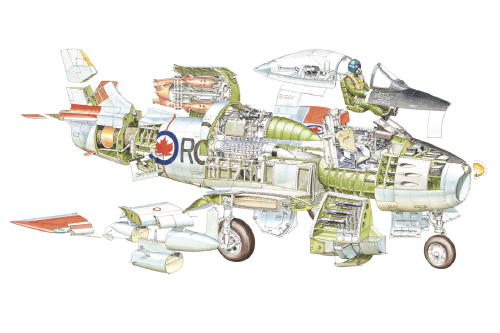Ascendancy (May 1940 - February 1941)
Ascendancy (May 1940 - February 1941)
 The Northern African Campaign was strategically important for both the Allies and the Axis powers. The Allies used the campaign as a step towards a second front against the Axis powers in "Fortress Europe", and it helped to ease Axis pressure on the Eastern Front. The Axis powers had planned to dominate the Mediterranean through control of Gibraltar and the Suez Canal and planned to follow a successful campaign in North Africa with a strike north to the rich oil fields of the Middle East. This would have cut off nearby oil supplies to the Allies, and would have tremendously increased the oil supplies available for the Axis war machine.
The Northern African Campaign was strategically important for both the Allies and the Axis powers. The Allies used the campaign as a step towards a second front against the Axis powers in "Fortress Europe", and it helped to ease Axis pressure on the Eastern Front. The Axis powers had planned to dominate the Mediterranean through control of Gibraltar and the Suez Canal and planned to follow a successful campaign in North Africa with a strike north to the rich oil fields of the Middle East. This would have cut off nearby oil supplies to the Allies, and would have tremendously increased the oil supplies available for the Axis war machine.
On September 13th, 1940, Italy launched the Tenth Army stationed in Libya in a 200,000 troop invasion into the British protectorate of Egypt and set up defensive forts at Sidi Barrani. But Italian Marshal Rodolfo Graziani, Governor-General of Libya, with little intelligence on the state of Allied forces there, chose not to continue further towards Cairo.
The Allied forces were outnumbered, 36,000 men compared to a total of 200,000. Nevertheless at the end of 1940 they launched a counter-attack, Operation Compass. It was more successful than expected and resulted in the destruction of most of the Italian Tenth Army, and the advance of the Allied forces to El Agheila. The stunning defeat did not go unnoticed and fresh Italian troops under Uldo Capzoni together with German troops, the Deutsches Afrikakorps under Erwin Rommel were sent in to reinforce the Italian forces in western Libya. At the same time the forces who had just routed the Italians were withdrawn from the Western Desert. An Australian infantry division was sent to reinforce the Greek armies fighting the Axis invasion of Greece while the 7th Armoured Division was sent to the Nile Delta to refit. They were replaced by the British 2nd Armoured and the Australian 9th Divisions.
|





 The Northern African Campaign was strategically important for both the Allies and the Axis powers. The Allies used the campaign as a step towards a second front against the Axis powers in "Fortress Europe", and it helped to ease Axis pressure on the Eastern Front. The Axis powers had planned to dominate the Mediterranean through control of Gibraltar and the Suez Canal and planned to follow a successful campaign in North Africa with a strike north to the rich oil fields of the Middle East. This would have cut off nearby oil supplies to the Allies, and would have tremendously increased the oil supplies available for the Axis war machine.
The Northern African Campaign was strategically important for both the Allies and the Axis powers. The Allies used the campaign as a step towards a second front against the Axis powers in "Fortress Europe", and it helped to ease Axis pressure on the Eastern Front. The Axis powers had planned to dominate the Mediterranean through control of Gibraltar and the Suez Canal and planned to follow a successful campaign in North Africa with a strike north to the rich oil fields of the Middle East. This would have cut off nearby oil supplies to the Allies, and would have tremendously increased the oil supplies available for the Axis war machine.